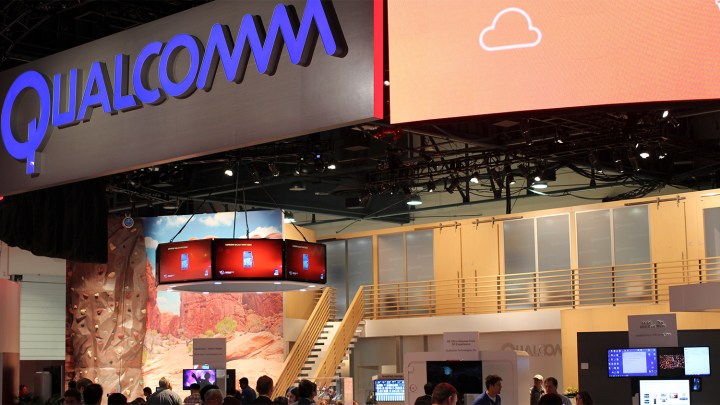
It’s principally aimed at feature phones, or “dumbphones,” devices that often lack a touchscreen, GPS, and app store (think Nokia’s new 3310). They’re not all that popular stateside, but their usage is exploding in developing markets — according to market research firm IDC, about half of all phones in use in India, Vietnam, and South Africa are feature phones.
To that end, the Qualcomm 205 brings a fairly wide variety of network technologies to low-end devices. It radio supports Category 4 LTE, which translates to a 150Mbps theoretical download speed and a 50Mbps upload speed; Voice over LTE (VoLTE) and Voice over Wi-Fi, two standards that transmit calls over the internet rather than cell towers; and 2.4GHz 802.11n Wi-Fi and Bluetooth 4.1.
At a launch event in New Delhi, Qualcomm emphasized the importance of high-speed connectivity in emerging regions such as India, Latin America, and Southeast Asia. “Bringing 4G and other advanced connectivity features to emerging regions can have a profound effect on those served,” a spokesperson said. “From a business point of view, small enterprises […] that make up a large percentage of the economy […] will have more reliable, faster and more secure access to process financial transactions, [and] faster download speeds allow for on-demand content including music and videos.”
The rest of the Qualcomm 205’s hardware isn’t quite as capable. A 1.1 GHz CPU handles processing duties, a Qualcomm Adreno graphics card powers screens up to a resolution of 480p, and an image processing chip supports a pair of 3MP rear and selfie cameras. But that low-end hardware makes it highly battery-efficient. Qualcomm said devices with the chip should get about 45 days of standby time, 20 hours of talk time, and 86 hours of music playback.
Qualcomm said the new platform supports “Linux-based operating systems” including Android.
“Qualcomm is committed to the migration of users and networks from 2G, 2.5G, and 3G to 4G,” Kedar Kondap, vice president of product management of Qualcomm, said in a statement. “Feature phones are a lifeline in many emerging countries and the Qualcomm 205 Mobile Platform allows us to bring 4G connectivity and services to the masses with devices at price points never seen before.”
The Qualcomm 205 is available beginning today, and Qualcomm expects devices to reach customers in the second quarter of this year.


